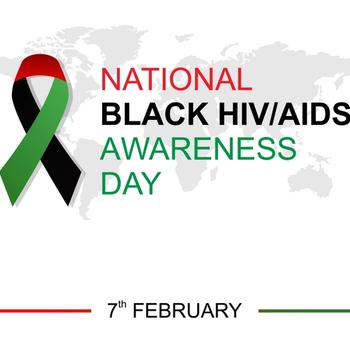
February 7 is National Black HIV/AIDS Awareness Day (#NBHAAD). In observance, we're recapping stories to raise awareness and work toward ending HIV/AIDS disparities in Black communities.

February 7 is National Black HIV/AIDS Awareness Day (#NBHAAD). In observance, we're recapping stories to raise awareness and work toward ending HIV/AIDS disparities in Black communities.
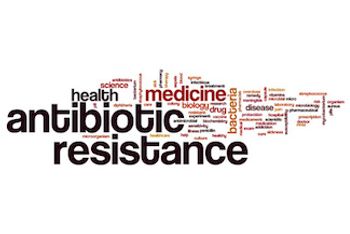
Antibiotics are apparently not the only widely used pharmaceuticals that can induce emergence of treatment resistant bacteria.

Women who made healthy lifestyle choices prior to contracting COVID-19 had a 49% reduced risk of long COVID.

FDA says products have the potential to be contaminated with Listeria and were distributed along the east coast in several states.
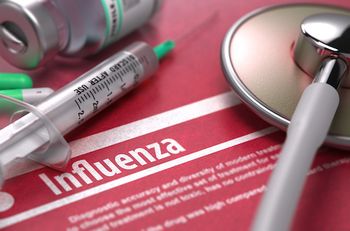
New research suggests the majority of people hospitalized with influenza also had a chronic illness.
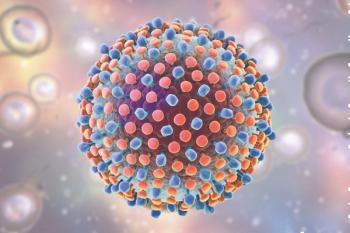
Point-of-care RNA viral load testing is associated with shorter times between testing and treatment initiation and higher treatment uptake, a recent study found.

Looking to appeal to the financial incentives of antibiotic development, a recent policy paper explores how lives can be saved and a return of investment (ROI) can be realized.

Treating Clostridioides difficile infection is complicated in patients coinfected with COVID-19. However, a new study suggests a significant benefit of fecal microbiota transplant (FMT) in these coinfected patients.

In doing so, the country met the new target of the World Health Organization.
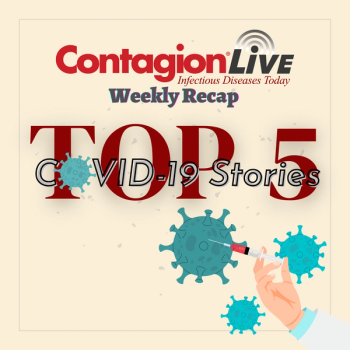
The biggest COVID-19 news from the past week.

Can a similar approach that brought breakthrough therapies for cystic fibrosis bring about much needed change to antibiotic development?
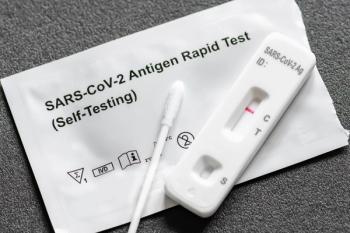
The vast majority of COVID-19 infections are diagnosed at home, with rapid antigen tests. How has this affected public reports of COVID-19 prevalence?

The microbiome may be a source of future investigation and modulation approaches, the study authors wrote.
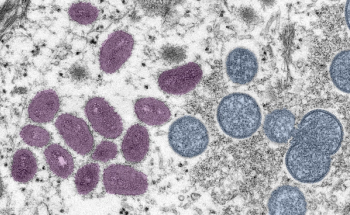
New York City has ended their mpox outbreak after months of successful community outreach and vaccination campaigns.

The agency said it was revising the Emergency Use Authorizations (EUA) for Lagevrio and Paxlovid in order to protect public health.

University of Missouri investigators found people experiencing post-acute sequelae of COVID-19 (long COVID) are susceptible to developing 7 health defects in the year following infection.
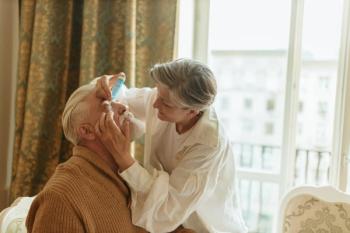
A specific brand, EzriCare Artificial Tears, has been associated with multidrug resistant (MDR) Pseudomonas aeruginosa. In addition, FDA has sent a letter to companies making claims of prevention and treatment for mpox.

Patients treated with SER-109 reported a significant improvement in disease-specific health-related quality-of-life, regardless of their clinical outcome.

The declaration set for May is a wind-down to allow health care and patients the time needed to adjust for the emergency to be over.

This first-in-human, phase 1 vaccine trial produced a lasting immune response against Marburg virus.

The designation was based on positive top line data from the ConquerRSV phase 3 efficacy trial.
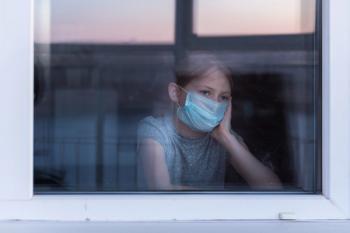
COVID-19 mortalities tend to be lowest in children, but the virus is still the #8 cause of death in children and young people 0-19 years old.

The mRNA vaccines reduced risk of COVID-19 and related complications in children, with less risk of myocarditis than is associated with the infection.
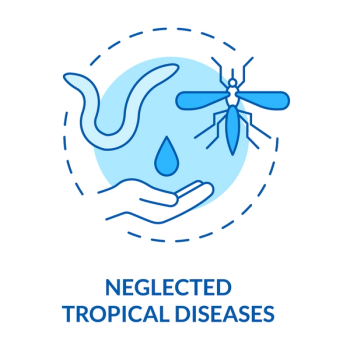
These diseases, exacerbated by poor water quality, sanitation, and health care access, are highlighted today.
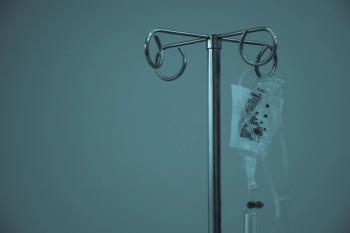
The investigational therapy developed by Entasis is indicated for treatment of Acinetobacter baumannii.
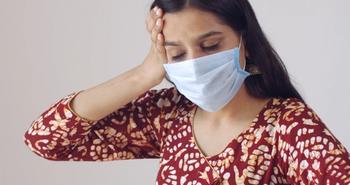
Patients suffering from post-acute sequelae of COVID-19, or “long COVID,” had virus-specific T cells that were more than 100 times higher than patients who fully recovered from COVID-19 infection.

A new report tracking patients suggests that even those who return to work experience persistent symptoms.

In the latest Morbidity and Mortality Weekly Report, authors offer some strategies to avoid SARS-CoV-2 infection in this patient population as well as the US government changes course on COVID-19 vaccine policy.
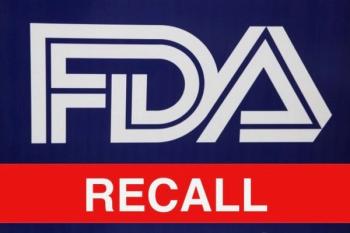
Utopia Foods, Inc., issued a voluntary recall after their imported Chinese enoki mushrooms tested positive for 2 strains of Listeria monocytogenes involved in an outbreak.
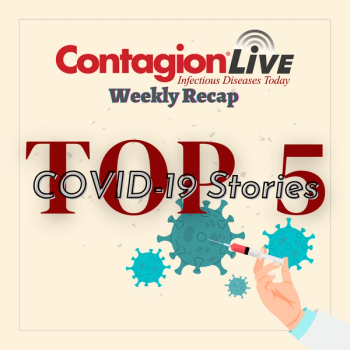
The week's most-clicked COVID-19 stories included vaccine updates, new variants, and a pivotal FDA advisory committee vote.